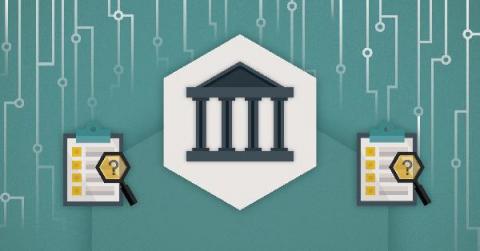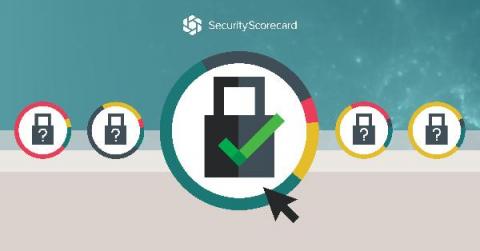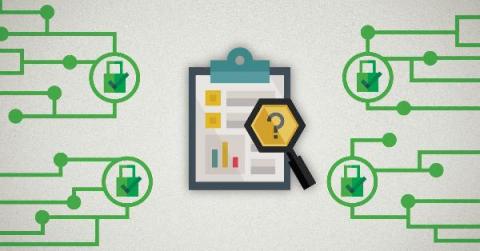What Are Audit Procedures for Internal Controls?
Audit procedures are the processes and methods auditors use to obtain sufficient, appropriate audit evidence to give their professional judgment about the effectiveness of an organization’s internal controls. Internal controls are the mechanisms and standards that businesses use to protect their sensitive data and IT systems; or as a means of providing accountability on financial statements and accounting records.






